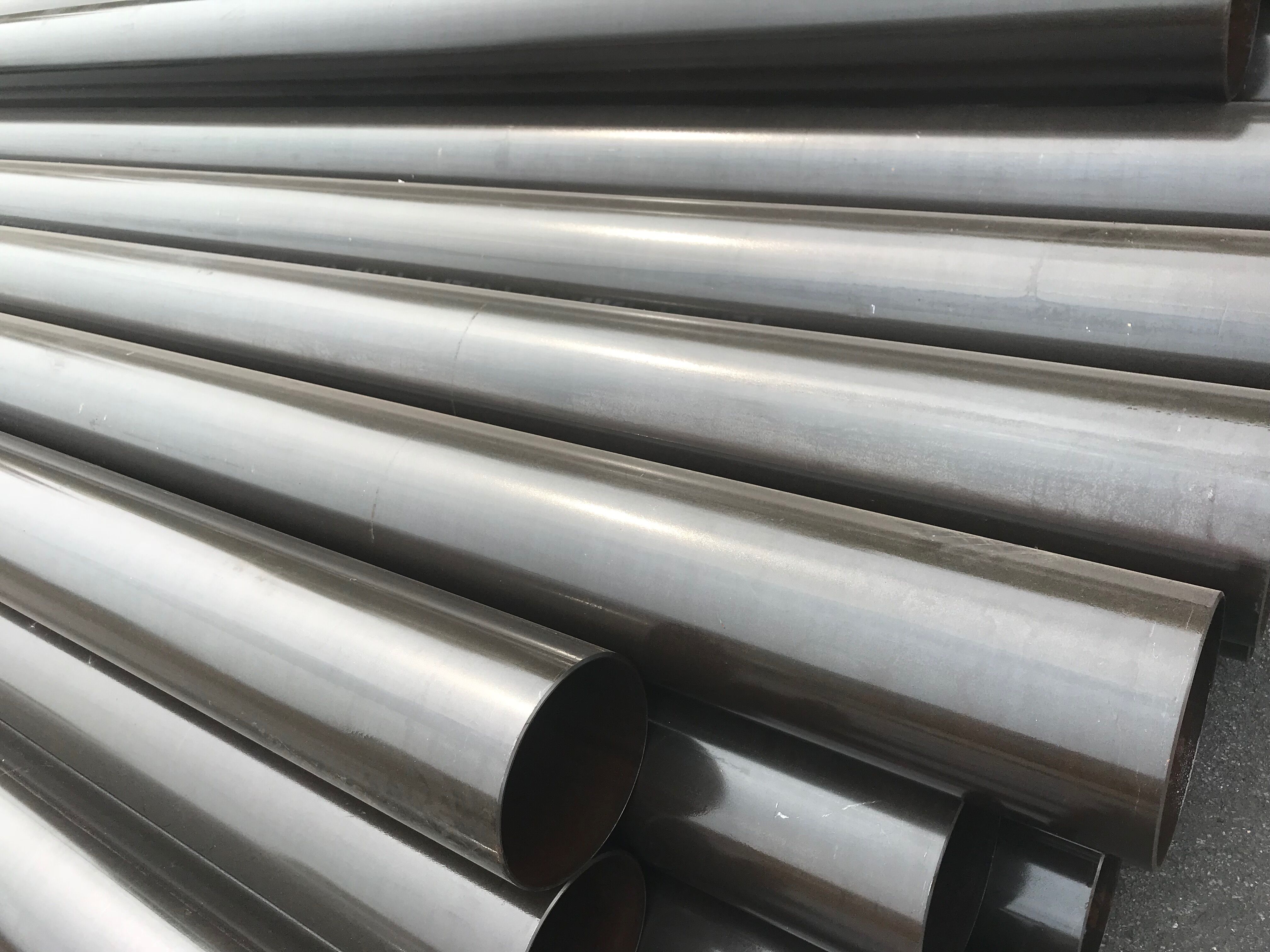The term “Stainless Steel” covers a very broad range of materials. They are called “stainless” because of their resistance to corrosion (rust etc.). This corrosion resistance comes from a very thin skin of chromium-rich oxide on the surface, which protects the metal underneath the surface from corroding. If the material is scratched or cut, the newly exposed surface heals by oxidizing quickly, re-forming the protective chromium-rich oxide layer.
There are five basic types of stainless steels – known as ferritic, austenitic, martensitic, duplex, and precipitation hardening. The first three each have a fundamental microstructure type – duplex and precipitation hardening steels have combinations of those three basic microstructures. The three microstructures have different atomic structures.
What does atomic structure mean? Well, all metals and metal alloys have a crystalline structure, with its basic crystal pattern repeating throughout the metal. A ferritic steel has what is called a body-centered cubic (BCC) structure, while an austenitic steel has a face-centered cubic (FCC) structure and a martensitic steel has a body-centered tetragonal (BCT) structure. The figure below illustrates these basic types. The circles in these diagrams represent one atom each – so, in a body-centered cubic crystal, there is one atom in each corner of the cube and one atom in the geometric center of the cube. The distance between corner atoms is the same in all three principle directions, all labeled “a” below. In a face-centered cubic crystal, the distance between corner atoms is also the same, but instead of one atom in the center, it has one additional atom on each face of the cube. In a body-centered tetragonal crystal, again there is one atom at the center but the distance between corner atoms is no longer the same – these distances are labeled “a” and “c” below. Face-centered cubic crystals are more densely packed with atoms than either body-centered cubic or body-centered tetragonal crystals.

Structural Steel Pipe
Images from Wikimedia Commons – Copyright Daniel Mayer.
Each crystal structure corresponds to one of the microstructure types – ferrite is BCC, austenite is FCC, and martensite is BCT – and the crystal structure gives the material different properties. Austenite is non-magnetic, while ferrite and martensite are magnetic. Some examples of common grades of each type are shown in the table below.

Magnetism is fairly complex and is quantum mechanical in nature – this explanation is a simplified introduction. Within an atom, there are several layers of electrons at different energy levels. These energy states are called shells, and each shell can hold a discrete number of electrons. Each electron has an orbital spin of a certain orientation. If all electrons are paired with electrons of opposite spins, the “pull” of each electron is cancelled by its complement. Magnetic materials consist of atoms with only partially filled electron shells and a crystal structure that allows the alignments of electrons to be pulled into a particular preferred orientation. This combination of factors results in the densely packed FCC austenitic stainless steels being nonmagnetic.
So, why would you choose one type of stainless steel over another? Cost and mechanical properties both play a role. For example, your flatware is most likely nonmagnetic or weakly magnetic, made from austenitic stainless steel. This type has good corrosion resistance (nobody would want to eat from rusty spoons), but due to the FCC structure that is stabilized by a high nickel content, cannot be hardened by heat treatment and can’t retain a sharp edge. Kitchen knives, by contrast, are usually made from magnetic martensitic stainless steel – it also has good corrosion resistance, but low to no nickel and higher carbon content, among other alloy additions, gives it hardenability through heat treatment and good sharp edge retention.
It’s interesting to note that other factors influence magnetic behavior, such as temperature and mechanical stress. Austenitic stainless steels can become (weakly) magnetic through significant cold work – mechanical deformation such as shearing, sqeezing, bending, or drawing, applied below the material’s recrystallization temperature – due to the partial transformation from FCC austenite to BCT martensite. Also, every material has what is known as a “Curie point” – the temperature at which a material loses its permanent magnetism. For ferritic and martensitic materials, the Curie point is a very high temperature. For austenitic stainless steels, that temperature is dropped below room temperature by means of specific alloy additions.
For further reading on magnetism, check out the links below.

